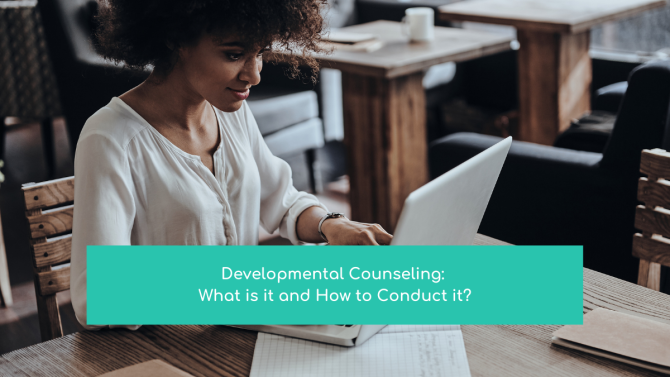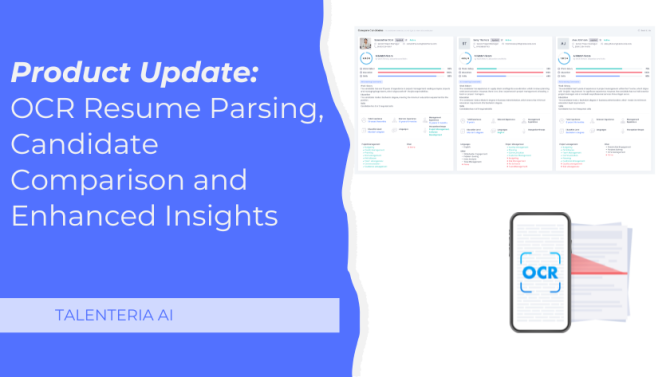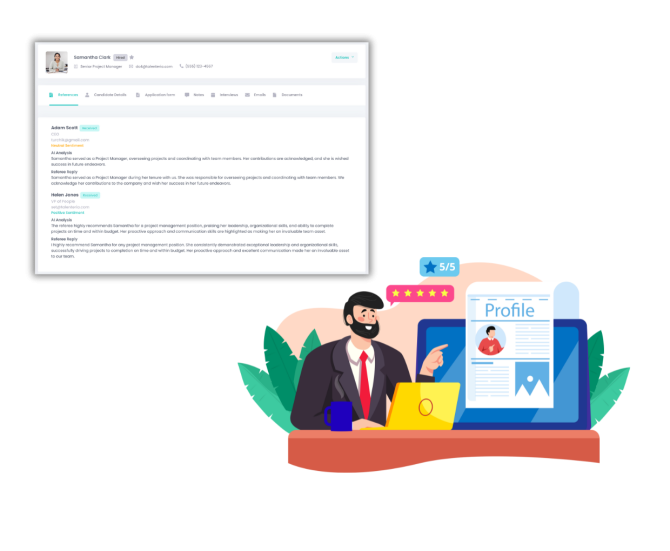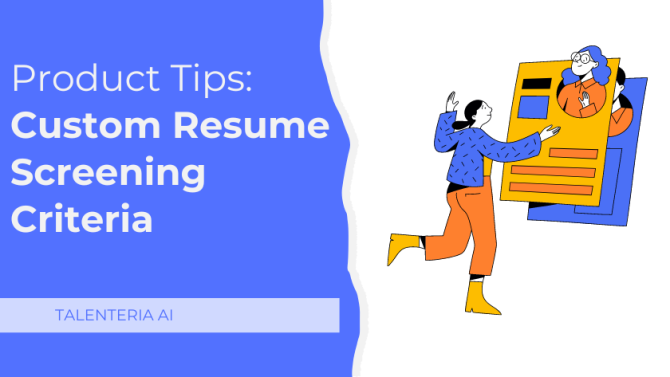
Developmental counseling is an important and often underused tool for effective leadership and human resources management. Its main goal is to help people to boost their performance, address any issues they might have, discover their strong and weak sides.
Although development counseling is becoming increasingly popular, there are still a lot of misconceptions around it. For example, a lot of people think that this form of counseling is useful only if there are performance-related problems. Let's take a closer look at the method and dispel the common myths.
Developmental Counseling: What You Need to Know
Developmental counseling is a form of collaboration either between the employer and the employee, or that includes the help of a third-party air. It aims to help a person to get past certain challenges through collaboration, problem-solving, and careful planning.
While it is often employed when there are problems with employee performance, it is also successfully used in other situations. For example, it can be helpful for new employees that are trying to adjust to the new environment.
Certain key factors contribute to the success of the method discussed. First of all, the communication between the employee and the counselor should be constructive, focused, and respectful. Secondly, both dialogue participants should accept their part in the improvement process. Both the employer and the employee have to be ready to listen, accept their mistakes, and be ready to take the necessary steps for improvement.
Ultimately, this type of counseling is aimed to focus on an employee on a personal level, to understand what drives them, and what can be done to create the best conditions for their personal and professional improvement. However, it is impossible if the person is not ready to reach out as well.
Developmental Counseling Steps You Need to Take
This is not a step-by-step plan on how to conduct every development counseling meeting, but rather a certain guideline on what you should do, what you shouldn't forget, and in what order it has to be done.
1. Determine the Need
Your course of action in a meeting will depend on the reason behind it, the outlook on the situation from every point of view, the needs the company has to cover, and how it affects the employee. All in all, before taking any further steps, you need to determine what the result of the counseling will be.
If you have completed this first step, it will be much easier for you to move down the line. By pinpointing the need, you open the route to thorough counseling planning, which will lead to a more productive discussion.
2. Start the Preparation for Counseling
Next, it is time to start preparing for the meeting. As we mentioned, careful planning allows a constructive conversation, so lay out the major possible points and counterpoints that might occur. You shouldn’t prepare a “gotcha”, the employee is not your opponent, you need to work together to get to the bottom of the situation.
Another aspect of planning you shouldn’t forget about is choosing the time and place of the meeting. Make sure it is a fairly isolated location, as both of you would be able to be more honest and open if no one else interferes.
3. Conduct the Session
The next step is counseling itself. Your goal is to be clear, concise, to the point, yet not too pushy. In the beginning, it is your job to explain what the meeting is about. Don’t be hostile, but try not to appear condescending either. Control your verbal and non-verbal expressions and use them to establish a connection, an understanding that you need to work together to achieve a common goal.
Use your notes and your overall understanding of the situation to develop a plan of action that is the most suitable for a specific situation and to a specific person. Try not to dominate the conversation, remember that both of you have certain limitations you can’t overcome, don’t get too emotional, and remember that it’s not about results or numbers, but about the person in front of you.
4. Follow Up on the Points Made
While most guides will stop on a previous point, your developmental counseling should not stop on a counseling session itself. To analyze the results of your meeting, put into perspective the most effective and discouraging points made, and determine whether there is a need for another session, you need to conduct follow-ups.
Try to be helpful during the follow-ups you conduct, support, and encourage the employee. Don’t just silently stare over their shoulder – make sure your points were heard and show that their points were heard as well.
Final Words
Overall, development counseling is a powerful tool every company should have in their toolbox. Even if it’s not needed, you should be prepared to have a constructive discussion with your employees. Just follow these rules and it will be much easier for you to navigate through.





